Ganjifa
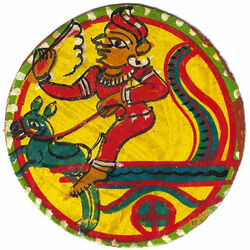
This term refers to a family of card games that originated in Persia and spread to India during the Moghul period. The traditional Ganjifa deck consists of 96 cards divided into eight suits. The cards are typically round and hand-painted with intricate designs. The games played with this pack often involve trick-taking mechanics, and the rules can vary significantly depending on the region and specific variant of the game being played.
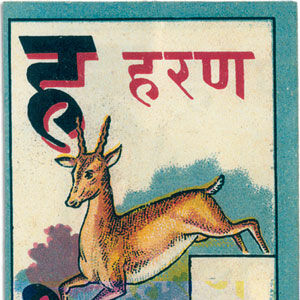
Chitrashala Press
Chitrashala Press produced some charming children's pictorial alphabet cards for early learning purposes in the 1940s.
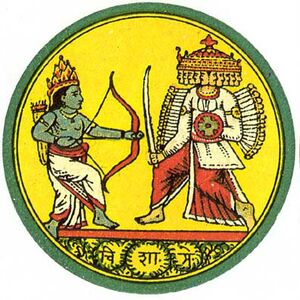
Dasavatara Ganjifa from India
Chromo-lithograph Ganjifa cards by the Chitrasala Press, around 1950. Ten suits of twelve cards, each suit is based on one of the ten incarnations of Vishnu.
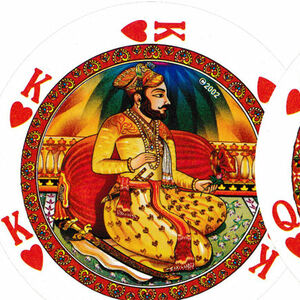
Ganjifa™
A colourful pack of round cards with Ganjifa designs by Asha Industries, Mumbai, India, 2002.
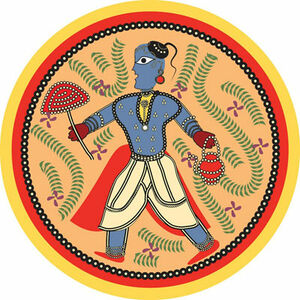
Guru Ganjifa
Sunish Chabba is working on an initiative to revive traditional Ganjifa, the card game most popular 17th Century India.
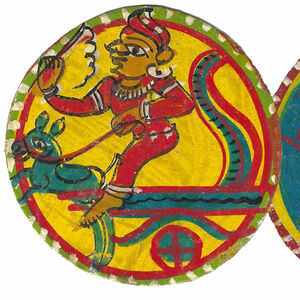
Handmade Ganjifa Birds Playing Cards
This set of Ganjifa cards is a beautiful example of traditional cards from India.
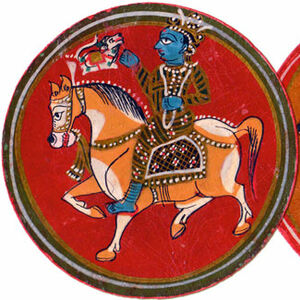
Indian Ganjifa Playing Cards
‘Ganjifa’ playing cards made in Sheopor in the North of Madhya Pradesh province in Central India. The Ganjifa game probably developed from 13th century games played by Mamluk immigrants from China.
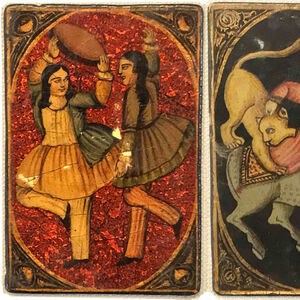
Qajar Dynasty playing cards
Qajar Dynasty playing cards, Iran, 19th century.

